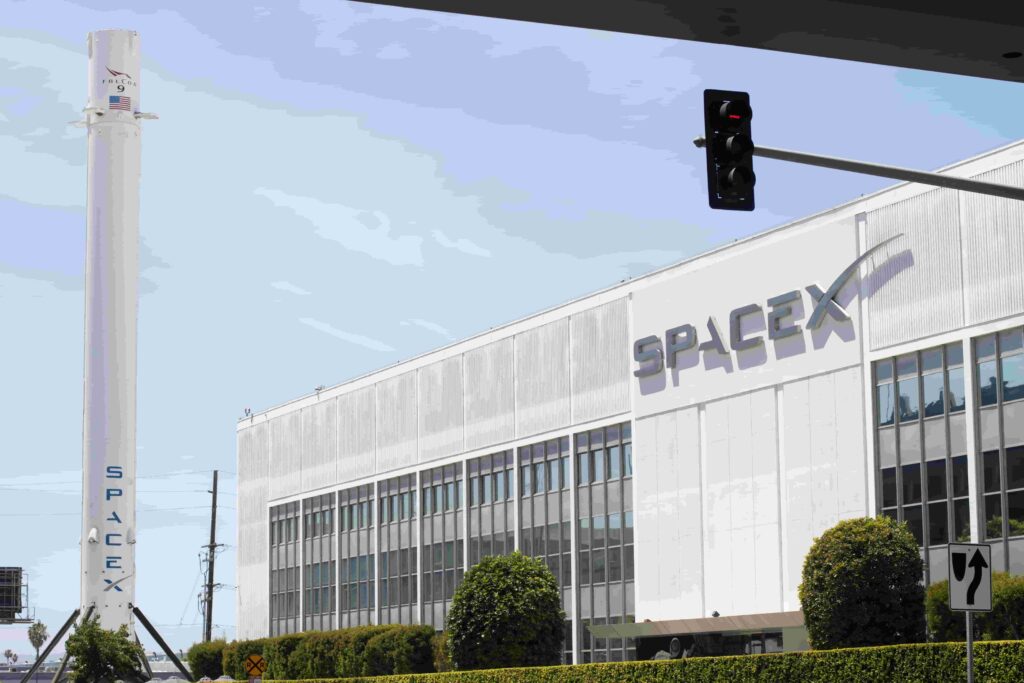SpaceX, a leading innovator in reusable rockets founded by Elon Musk in 2002, is preparing its Starship launch vehicle for its fourth test flight.
The singular focus of this crucial mission is to overcome the extreme heat generated during atmospheric reentry, which represents a significant hurdle for the ambitious Starship program.
Taking to social media platform X (formerly Twitter) on March 31, Musk enthusiastically described Starship’s potential in a post.
“At 5,000 tons, Starship is the largest flying object ever made,” he declared. He further emphasized its power, noting that its thrust is more than double the Saturn V moon rocket. Most importantly, he highlighted Starship’s groundbreaking potential, stating it’s the first spaceship design “capable of making life multiplanetary.”
SpaceX’s Starship’s Capabilities
Starship is a powerful launch vehicle designed for various applications. It boasts the capacity to transport up to 100 people on long-duration interplanetary missions.
Moreover, Starship is intended for satellite deployment, lunar base development, and even facilitating rapid point-to-point travel on Earth.
These applications depend on the successful advancement of Starship’s technologies, such as its propulsion systems and reusability features. Additional testing and development are necessary to assess the practicality of each suggested use.
Overcoming the heat barrier
SpaceX’s Starship successfully reached orbital velocity during its third test flight earlier this month, marking a milestone for the program.
The launch took place from the company’s facilities near Boca Chica Beach, Texas.
However, mission control lost communication with the spacecraft from two separate satellite systems during the high-speed reentry phase.
Static fire ignites all engines
In preparation for the upcoming flight, SpaceX conducted a static fire test on March 25, successfully igniting all six of Starship’s Raptor engines.
Static fires are standard prelaunch procedures where the engines are briefly activated while the vehicle remains secured to the launchpad.
This successful test paves the way for the fourth Starship flight, expected to take place in early May.
The future of SpaceX’s Starship
The upcoming Starship test flight represents a crucial step for SpaceX. Success in overcoming the reentry heat challenge would be a significant milestone.
However, some experts remain cautious, as the program has faced technical setbacks in the past.
This test will provide valuable data on Starship’s capabilities, but further hurdles are likely to emerge before the ambitious goals of interplanetary travel become reality.








